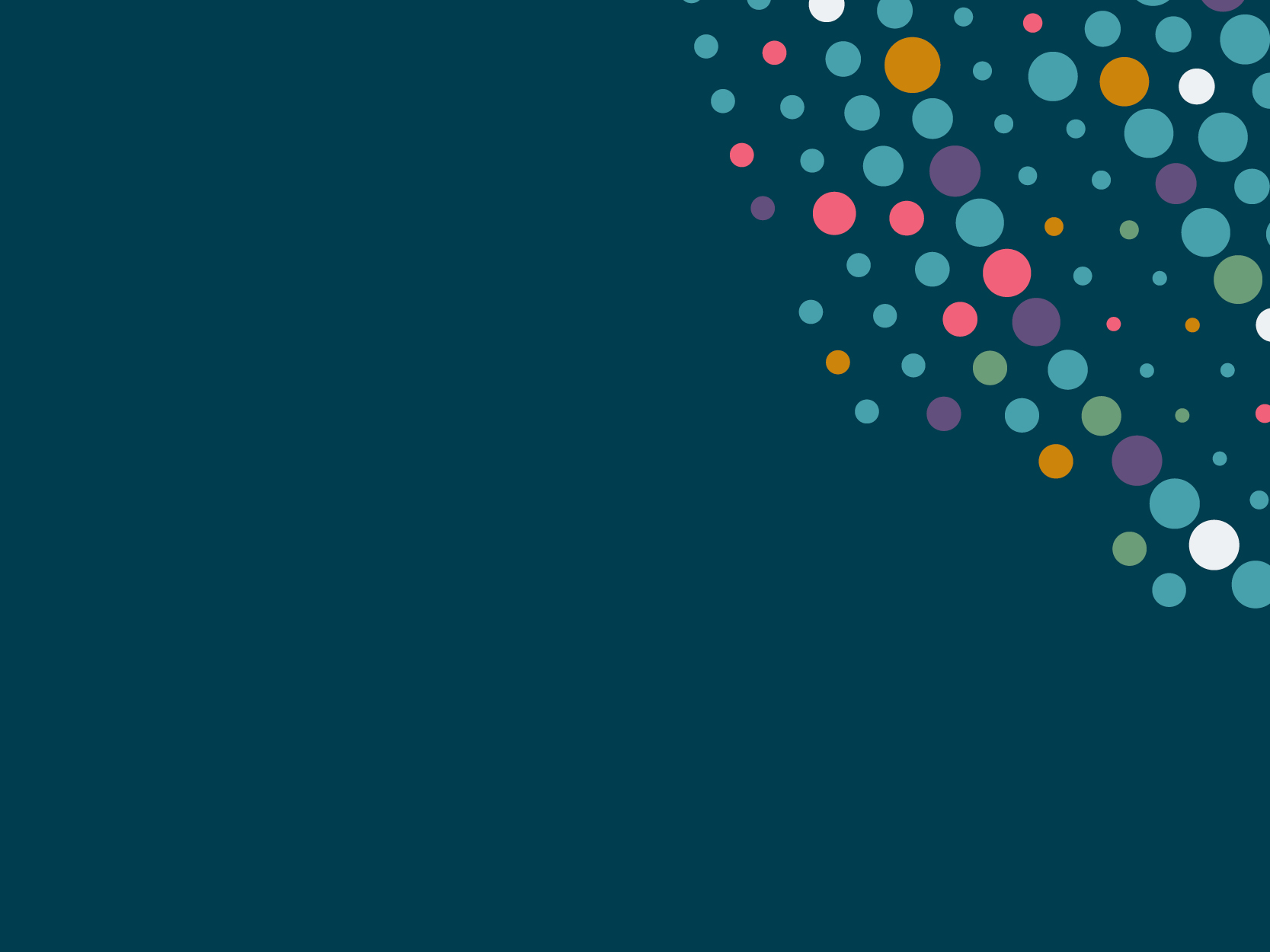Agile champions a mindset — one that values being responsive to customers, adaptability and speed of execution.
Agile was energized by the creation of the Agile Manifesto — a belief that software development needed to evolve from a static “waterfall” process to one that was dynamic enough to meet the challenges of the future. Since then, agile has expanded its influence beyond software development into both project and general management disciplines.
Agile methods demonstrated that software development could deliver value to customers early and often.

What is it?
Rooted in software development, agile has become a general management discipline for dealing with change by stressing the need to incrementally deliver customer-tested projects..

What’s in it for you?
Adopting an agile mindset can give you a significant competitive advantage as you become so quick to recognize and act on changes you’re almost anticipating them, rather than responding to market developments. That gives you more time to test and develop solutions.

What are the trade-offs?
Becoming agile is a long-term effort. A whole industry has sprung up offering methodologies and practices that promise to make you better at agile. But the true benefits of agile depend on embracing that agile mindset.

How is it being used?
Agile started in software development but is now found in many project management initiatives.
What is it?
The Agile Manifesto changed the trajectory of software development from the static, monolithic waterfall processes in wide use in 2001, to a dynamic, customer centric, adaptable, and speedy approach that is considered mainstream today.
Agile consists of a number of practices — stories, daily stand up meetings, short iterations, refactoring — and a mindset — collaboration, experimentation, empowerment, customer centricity. The first can be thought of as “doing agile” and the latter “being agile.” Organizations often find “being agile” more difficult than “doing agile.”
How do you get adaptability and speed with agile? First, agile encourages continuous delivery of value — iteration by iteration and release by release — rather than a single large value release at the end of a project. Automation, including comprehensive automated testing, enables teams to deliver value today and maintain the high quality product that makes the last iteration as fast as the first. You also get adaptability and speed by doing less. By measuring value continuously, agile teams tend to eliminate marginal features, which studies have shown proliferate using traditional methods.
While agile is rooted in software development, the mindset and practices have migrated into general and project management as organizations try to find ways to adapt to the uncertainty and rapid changes in today’s environment.
What’s in it for you?
Value: an agile mindset and methods enables teams to deliver a continuous stream of value to customers.
Adaptability: in today’s world, Agile helps organizations postulate, experiment, measure, and learn quickly.
Speed: it’s not enough to adapt to change, you must adapt quickly. Agile shows organizations how to accelerate value production.
Innovation: innovation is a process of coming up with new ideas, experimenting, learning what works and what doesn’t, and adjusting to the learning. Agile companies are innovators, they excel at producing a string of customer-wowing products.
Cost reduction: by better matching product features to need and working in effective collaborative teams, Agile can reduce costs.
What are the trade-offs?
One of the four agile values is “Individuals and interactions over process and tools.” This means process can’t make up for lack of skill, which in turn means that without skilled people Agile will be difficult. However, that difficulty actually holds for any process, it just tended to be hidden before.
Agile demands a change of mindset. So you can’t become agile just by adopting some codified practices and rituals. Many companies have tried to ‘do agile’ rather than ‘being agile’ — and have then wondered why they were not getting the value from agile that they expected..
The truly agile enterprises don’t happen overnight. You can think of agile as a fluency model: as you become more mature at being agile, the more benefits you’ll realize.
How is it being used?
Agile has been embraced across industries and geographies, by enterprises large and small. You’ll see agile at tech giants like Microsoft, Netflix and Spotify; media players like REA group; and auto and transport firms like Daimler, Trainline and Uber.
You can see how REA has embraced Agile below.
Would you like to suggest a topic to be decoded?
Just leave your email address and we'll be in touch the moment it's ready.



















